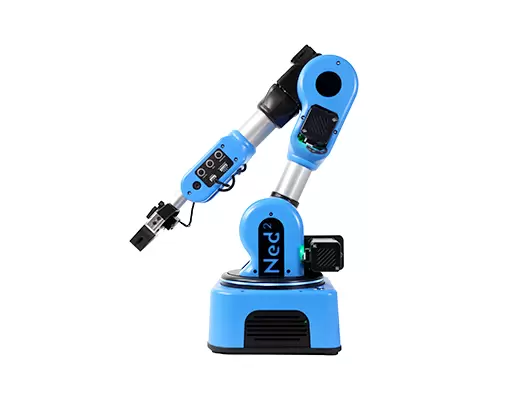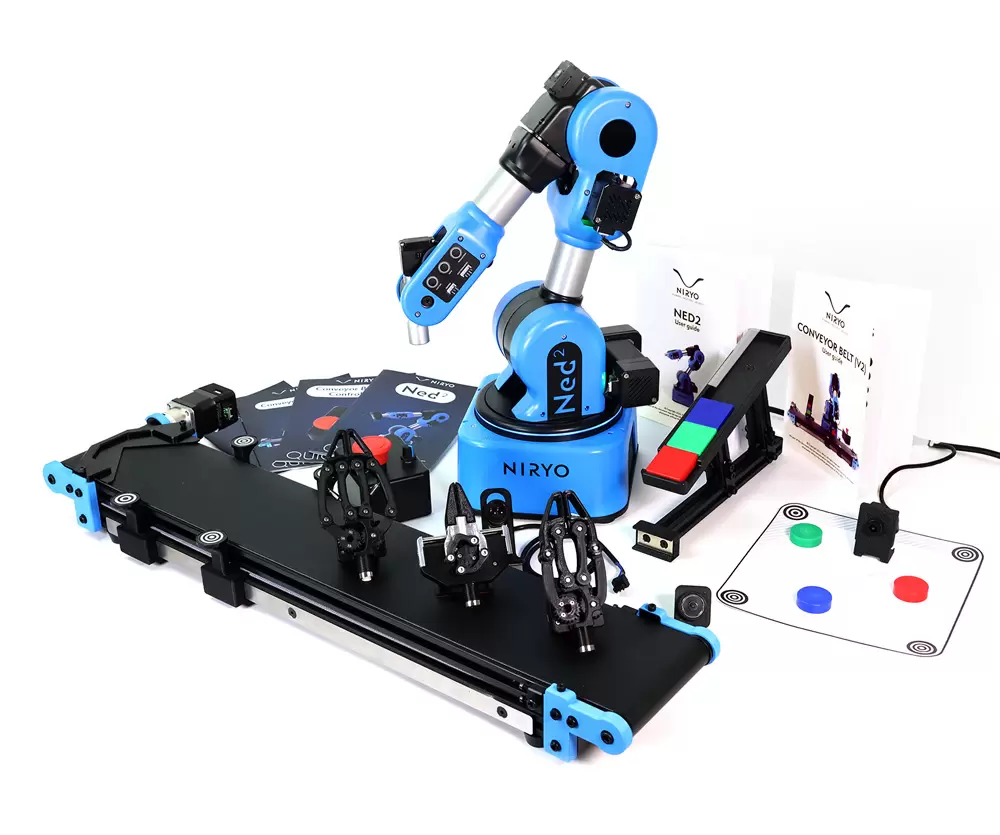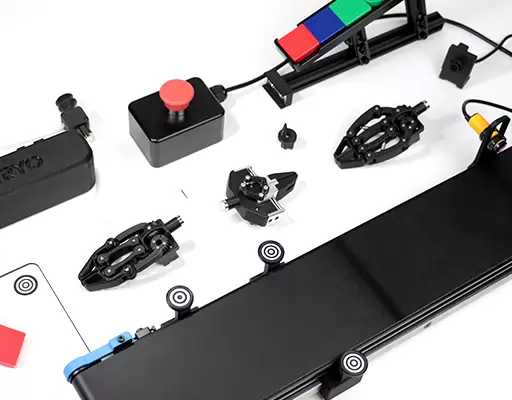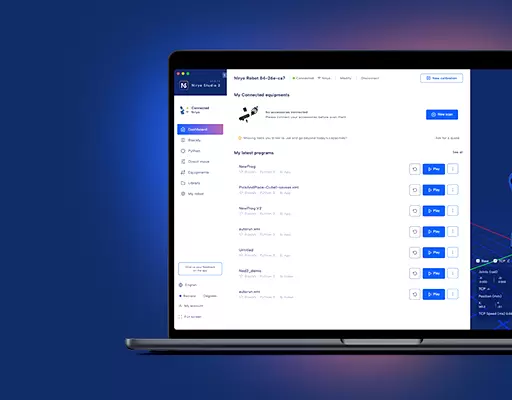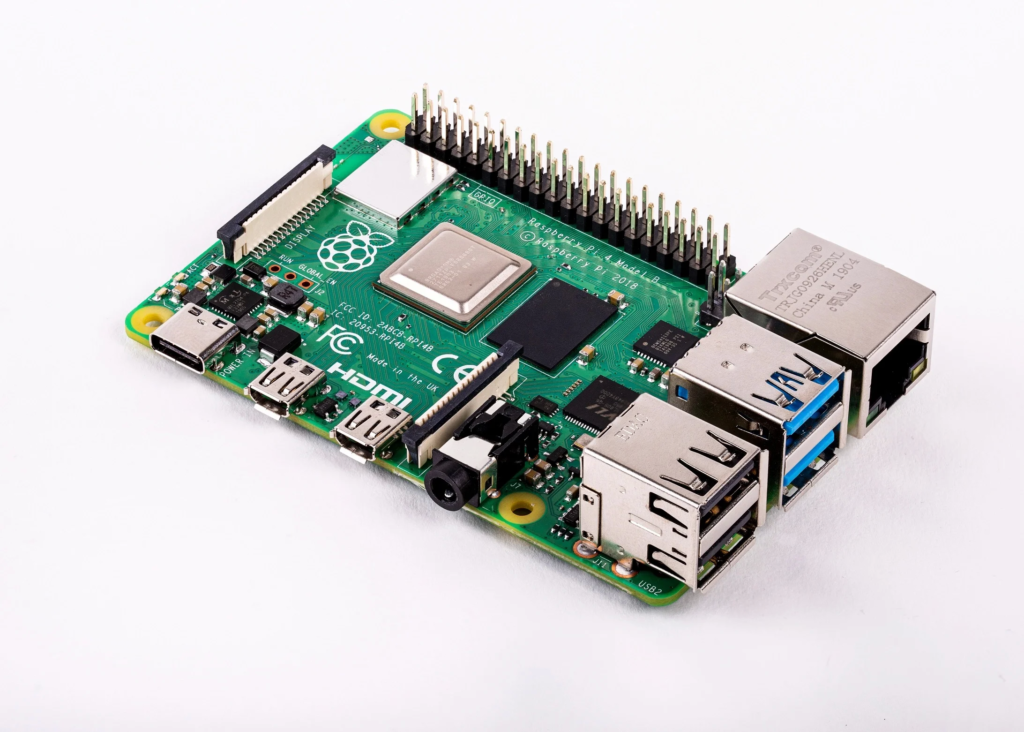Engineering courses are notorious for their rigor and difficulty, and choosing the right materials can make all the difference.
Today, limiting courses to textbooks, articles, and online resources is not enough. What students are looking for is a complete engineering experience.
Yes, of course they wish to pass exams, but what they also want is to understand complex engineering concepts so they can get ready for the professional world. Engineering courses should be designed to provide students with a strong theoretical foundation but also, precious and precise practical aspects of their chosen field.
In this article, we will explore why Raspberry Pi 4 is a great pick to include to this practical aspect and how professors can benefit from it in order to help their students connect to the material in the most meaningful manner.
Let’s start by defining Raspberry Pi
The Raspberry Pi is a versatile and affordable single-board computer that has been used for a wide range of applications, including robotics education. The latest version, the Raspberry Pi 4 model B, is particularly powerful and has several features that make it a wise choice for robotics projects in education.
Why is the Raspberry Pi a good choice?
1. Raspberry Pi is affordable
The Raspberry Pi 4 is an affordable option compared to other microcontrollers and single-board computers on the market. This makes it an ideal choice for schools and universities with tight budgets. And even if you have a more important budget, we’ll tell you why it’s still a good choice for you.
2. Powerful processor and memory
The Raspberry Pi 4 is equipped with a powerful quad-core ARM Cortex-A72 processor, which can handle complex robotic applications with ease.
On the other hand, it comes with up to 8GB of RAM, which provides plenty of memory for running multiple applications at the same time.
3. Large community equals large knowledge base
When professors and teachers choose material for their courses, they make sure there will be enough documentation for their students to explore, imagine multiple use cases and find answers to their never-ending questions.
The Raspberry Pi has a large and active community of users, which means that there are plenty of resources, tutorials, and projects available online to help students learn and experiment with robotics.
4. Raspberry Pi is about flexibility
Raspberry Pi is user-friendly and easy to navigate, even for beginners. This makes it an ideal choice for educators who want to introduce robotics to their students.
It also supports a variety of programming languages, including Python and C++. This provides students with flexibility in choosing a programming language that best suits their learning needs.
It has GPIO (General Purpose Input/Output), which are intensively used in the DIY universe, but are not limited to it.
Unlike Arduino, the Raspberry Pi has a variety of peripherals, including USB and HDMI ports, which can be used to connect to different devices and sensors, such as microphones, cameras, and sensors.
5. Versatility:
The Raspberry Pi is a versatile device that can be used for a wide range of robotics applications, including desktop robots, mobile robots, drones, and industrial robots.
For instance, at Niryo, we utilize Raspberry Pi 4 to construct our six-axis collaborative robot arm! This approach allows students to dive deeper into the robot’s assembly and gain a better understanding of its inner workings.
Are there any limits?
Of course, everything has its limits, and Raspberry Pi has its own.
While the Raspberry Pi 4 is powerful, it may not be suitable for overly complex robotics applications that require exceptionally high computational power, that’s why it’s mostly recommended for educational and semi industrial purposes.
Also, the Raspberry Pi 4 requires some basic knowledge of programming and electronics, which may pose a challenge for absolute beginners.
Overally, the Raspberry Pi 4 will offer you a great programming experience and can help you learn and experiment with robotics. No wonder it’s considered a great starting point to introduce anyone to this promising field!
